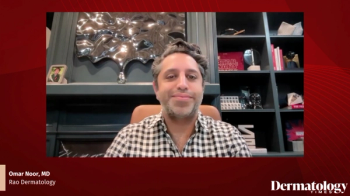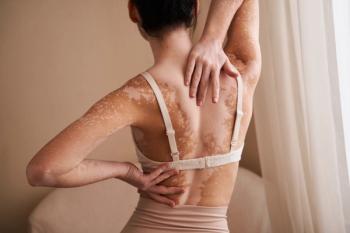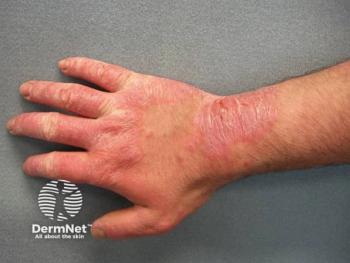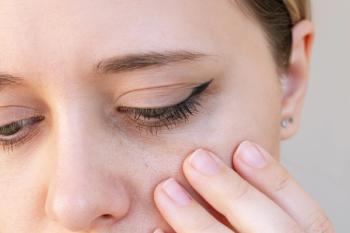
Acne Burden is Growing in Young Women Across the World, New Study Finds
Key Takeaways
- Acne burden in young women has significantly increased globally, with incidence, prevalence, and DALYs rising by over 30% in 31 years.
- Low-socio-demographic regions experienced the greatest increases in acne burden, while high-income areas saw minimal growth or declines.
Global acne burden in reproductive-age women has risen significantly, with greater increases expected by 2040.
Recent data has analyzed global trends in acne burden in young women of reproductive age over the last 31 years.1 The burden has risen in all age groups and will continue to grow, with a forecast up to 2040. Results were extracted from
“The growing availability of high-quality datasets, such as the GBD Study, provides unprecedented opportunities to assess disease distribution, trends, and determinants across populations. While acknowledging the limitations of modeled estimates—particularly in data-scarce regions—GBD remains the most comprehensive source for understanding global health patterns,” the researchers wrote.
Investigators evaluated acne incidence, prevalence, and disability-adjusted life years (DALYs) in females between the ages of 15 and 49 in 204 countries. Through this, the study authors were able to assess connections related to sociodemographic status, healthcare infrastructure, and environmental risk factors.
Across 31 years, the global burden of acne in reproductive age significantly increased. More specifically, acne incidence rose by 34% from 23.1 to 31.0 million cases. Prevalence increased by 38%, from 65.0 to 89.3 million cases. DALYs rose by 37%, from 1.38 to 1.90 million cases. The estimated annual percentage change trended upward consistently (0.17%–0.28%). These increases can be due to changes in diet, lifestyle, environmental exposures, climate change, psychosocial impact, and health care access.
The greatest increases in incidence, prevalence, and DALYs were observed in low-socio-demographic regions by 180%, 182%, and 183%, respectively. High-socio-demographic areas showed minimal growth, while high-middle regions slightly declined in these rates. Western Sub-Saharan Africa saw the greatest incidence increase, with cases rising from 720,594 to 2,203,121. Countries of high-income like Pacific Asia had the largest decline in incidence. South Asia had the greatest change in prevalence, jumping from 9.1 to 18.5 million cases. Significant increases in DALY occurred in Equatorial Guinea, Oman, and Sudan, with minor changes in countries such as Germany, Switzerland, and New Zealand.
Those between 15 and 19 years old had the highest burden with incidence (28%), prevalence (35%), and DALYS (35%) all rising. Older age groups, such as the 45-49 age range, had faster growth in cases, although burden decreased with age. The 30-44 age cohort had slight declines in incidence, prevalence, and DALY rates.
Future projections are showing that burden will continue to grow by 15% through 2040. Incidence is expected to grow from 31.7 million cases in 2022 to 34.9 million in 2040. Prevalence is projected to increase from 91.6 million to 105.3 million cases and DALYs will rise from 1.94 to 2.21 million. This is especially due to population growth and aging.
“Although age-standardized rates show modest growth, the absolute burden will climb substantially due to population expansion and aging, emphasizing the urgent need for strengthened global acne prevention and management strategies,” the authors noted.
Up to 45% of women aged 21 to 30 and 12% of women aged 41 to 50 experience acne.2 Targeted strategies are needed in each of these age groups, especially due to significant stigma and quality of life impacts in varying ranges. To address this overall, the authors emphasize that access to affordable dermatological care is necessary, especially in low- and middle-income areas. Mental health support, enhanced research, policy reforms, and other aspects of care can also limit the global burden.
References
1.Yan J, Cai Y, Dai F, Wang Z, Tang J, Shan D. Temporal and Spatial Trends in the Global Burden of Acne Vulgaris Among Women of Reproductive Age: A Comprehensive Analysis and Forecast From 1990 to 2040. Int J Dermatol. Published online June 30, 2025. doi:10.1111/ijd.17948
2. Perkins AC, Maglione J, Hillebrand GG, Miyamoto K, Kimball AB. Acne vulgaris in women: prevalence across the life span. J Womens Health (Larchmt). 2012;21(2):223-230. doi:10.1089/jwh.2010.2722
Newsletter
Like what you’re reading? Subscribe to Dermatology Times for weekly updates on therapies, innovations, and real-world practice tips.



















